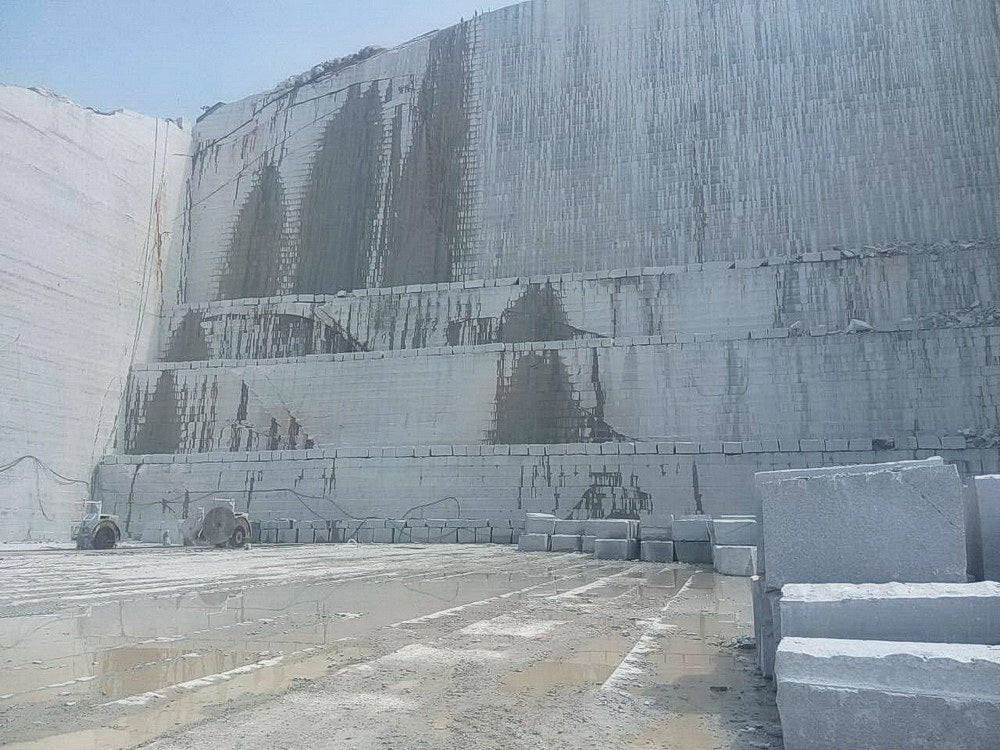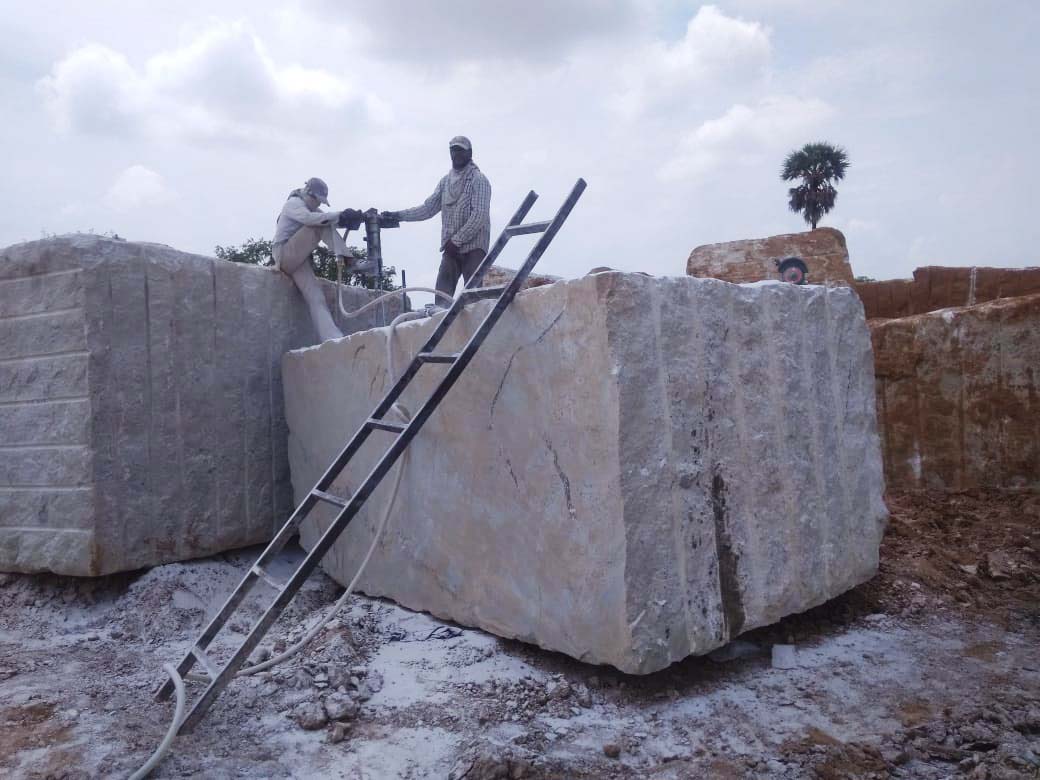Discovering the Rich Background and Sustainable Practices of Granite Quarrying
As we depend on the precipice of uncovering the complex tapestry of granite quarrying, a journey with time discloses not just the physical act of drawing out rock however additionally the social and historical importance woven into the very material of this method. From the ancient origins that laid the structure for contemporary quarrying techniques to the lasting techniques that are shaping the future of this market, each carve mark on granite surface areas narrates waiting to be unearthed (granite quarries in south africa). The legacy of granite quarrying extends much past simple removal; it is a testimony to human ingenuity, durability, and the enduring appeal of this impressive stone
Ancient Beginnings of Granite Quarrying
Going back to old worlds, the method of quarrying granite has been an indispensable component of human history and building development. The earliest evidence of granite quarrying go back to ancient Egypt, where substantial pyramids and intricate sculptures were crafted from this sturdy stone. The Egyptians made use of primitive devices to remove granite blocks from quarries, showcasing the relevance of this material in their monumental constructions.
Progressing in history, the Greeks additionally made significant payments to the quarrying of granite. The Greeks made use of granite in various architectural wonders, such as temples and sculptures, demonstrating their skill in shaping and carving this sturdy stone. The Romans better refined the techniques of quarrying granite, employing innovative devices like knives and hammers to remove and shape granite for their legendary frameworks.
With the centuries, the technique of quarrying granite has evolved, with modern-day technologies enhancing performance while keeping the classic allure of this all-natural rock - granite quarries in south africa. From ancient human beings to modern builders, the tradition of granite quarrying remains to shape our globe
Advancement of Quarrying Techniques
The advancement of quarrying methods has been marked by a constant progression towards better effectiveness and accuracy in removing granite. From the simple techniques employed by our forefathers to the sophisticated modern technologies made use of in modern quarrying operations, the market has gone through considerable developments. Early quarrying techniques involved manual work with standard tools such as chisels, hammers, and wedges to remove granite blocks from the earth. As civilizations advanced, techniques like fire-setting and primitive dynamites were presented to assist in the extraction procedure.
In even more current times, the development of equipment changed the quarrying industry, allowing quicker removal rates and raised efficiency. Technologies such as diamond wire saws, high-pressure water jets, and pneumatic drills have actually become standard in modern-day quarries, enabling specific cutting and reduced waste. Improvements in computer-controlled tools and 3D modeling have actually maximized quarrying procedures, leading to minimal ecological impact and improved sustainability techniques. As the need for granite proceeds to rise, the evolution of quarrying techniques stays essential to meeting industry needs successfully and sustainably.
Social Relevance of Granite
Granite holds a profound social value throughout different people due to its long-lasting visibility in architectural masterpieces and admired monoliths. The social relevance of granite extends past its physical qualities; it personifies strength, security, and timelessness, making it a sign of enduring heritages and practices.

Sustainable Practices in Quarrying
Among the abundant history of granite quarrying and its social importance lies an expanding emphasis on sustainable practices within the market. As ecological understanding and problems regarding source deficiency have actually increased internationally, the quarrying market has actually progressively welcomed sustainable methods to lessen its influence on the environment and surrounding neighborhoods.

In addition, recovery and rehab of quarry sites post-extraction are essential to sustainable methods. By restoring quarried areas to a natural or valuable state, such as producing wild animals environments or recreational areas, quarriers can counter the ecological footprint of their procedures and contribute favorably to the neighborhood ecological community.
Legacy of Granite Quarrying
With a historic backdrop steeped in workmanship and industrial progression, what withstanding impact has granite quarrying left on the landscape of modern society? The legacy of granite quarrying goes beyond mere removal methods; it has actually shaped building marvels, urban landscapes, and cultural heritage worldwide. The long lasting nature of granite has actually made it a preferred selection for monoliths, structures, and infrastructure, standing as a testimony to the ability and artistry of quarry employees across generations.
In addition, the financial footprint of granite quarrying can not be ignored. The sector remains to offer employment possibility and drive local economies in regions where granite removal prevails. It has actually additionally stimulated technical developments in quarrying techniques and equipment, bring about much more next efficient and lasting his explanation techniques.
In regards to sustainability, the heritage of granite quarrying consists of initiatives to alleviate environmental impacts through improvement jobs and accountable source management. By balancing financial rate of interests with ecological stewardship, the market makes every effort to guarantee that future generations can continue to profit from this long-lasting all-natural resource.
Conclusion

Comments on “A Journey With Granite Quarries in South Africa: Introduction Nature's Virtuosity”